Recently, during the process of moving house, I rediscovered my diaries from my time at the Wildfowl and Wetlands Trust in Slimbridge. I thought I would share them here so that I can come back to them, but also to give an idea of what it’s like to work in the practical conservation sector.
Day 1: Pollarding Willows in the 100 Acre
In my Wildlife Conservation degree, we complete 100 hours of work placement each year. After 3 months of trying to organise the placement for my first year, it’s day 1 on the reserve team. I’ve always wanted to work at WWT, even just for a short period, so in my mind, there was only one place I could do my placement. Having volunteered for a river conservation trust in the past, I feel pretty well equipped. I’ve got my wellies and my hiking boots, I’m covered head to toe in waterproofs and thermal socks, and I’m excited to get a glimpse into what a career in conservation might look like.
Today, we were pollarding willow trees in a private part of the reserve. It’s immediately striking how huge the grounds are – visiting as a member of the public, you only see a fraction of the land used for conservation here at Slimbridge. We spent morning and afternoon today using Silky saws and loppers to gradually break down the willow trees along a fence line and then made brash piles that will be collected. The pollarding is mainly done to prevent the trees from overgrowing their allocated space and to promote dense foliage when spring comes around. It was a pretty tough day physically, with lots of clambering over precarious piles of twigs and probably pulling a muscle or two hurling logs, but I now have that unbeatable feeling of accomplishment and joy from spending all day outside.
Day 2: Clearing Paths and Vegetation
My second day rolled around very quickly! Today was spent in and around the Kingfisher hide. In the morning we cleared the paths outside the hide, which involved raking leaf litter, using a pick mattock (heavy) to cut through thick layers of built-up soil, and using a fork to load the material into the back of the ATV to be composted. This was hot, sweaty work and I definitely didn’t need my 4 layers… In the afternoon, we went around the other side of the hide to clear vegetation from around the nearby ponds so that visitors have a better view of the wildlife from the Kingfisher hide (it was completely overgrown). Another very manual, intense day with a great feeling at the end of it, but I’m starting to think I’d really like to see my work paying off with the animals. I certainly don’t know enough about birds yet to fully understand how my work here is helping them, but I know that it is, so that’s enough for now.
Day 3: Repairing the Boardwalk
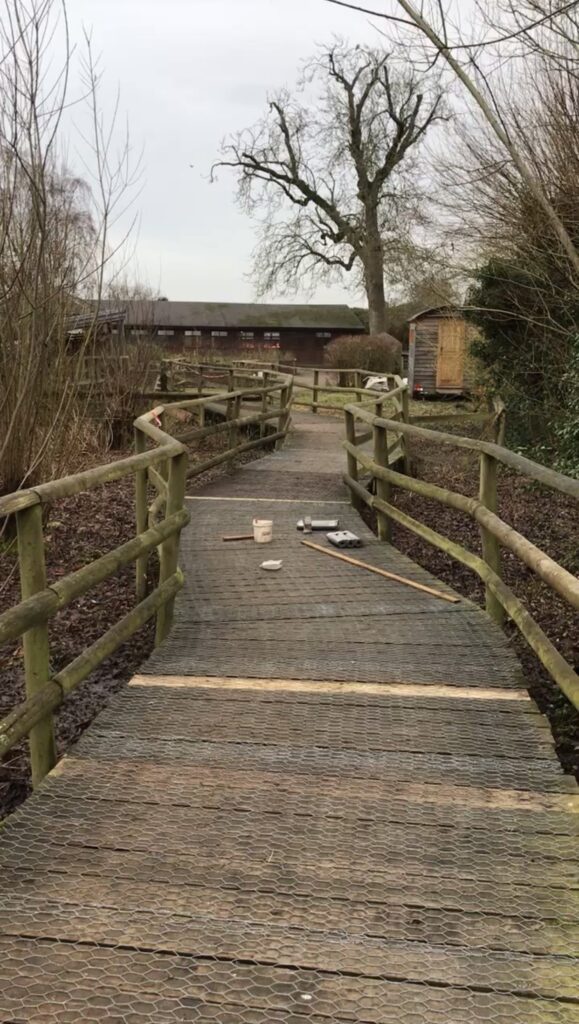
Today, Frankie (another lovely volunteer) and I repaired a large section of the mesh on a boardwalk in the public section of the site. This basically involved rolling out the mesh, using wire cutters to cut it to length, and hammering lots of staples in to make sure it stayed put. The old mesh was rusty and jutting out in some areas, which is obviously a bit of a health hazard when hundreds of people walk over it. This was the day I had time to really sit and think about what I was doing – we were sitting on knee pads all day doing the same task, so it became quite therapeutic. I really realised today how important it is to make the visitor experience as memorable and enjoyable as possible – that’s where the money comes from to continue the conservation work WWT is so famous for. Though sometimes it can be frustrating to not be able to see the wildlife directly benefiting from what I’m doing, I feel like I understand now how important this side of the work is.
Day 4: A Mish-Mash!
Today we did some more hedge clearing and brash pile building, along with a mishmash of other stuff! It’s been really rainy so a lot of the drains across the site were flooded, so we headed to the hay bale section of the farmland to load it onto the ATV, and then made our way from drain to drain packing them with straw to stop water from escaping into all of the surrounding fields. I’m pretty sure we all hit each other with forks at some point as we were trying to hurry and jump back in the ATV soaked with rain! The last little random job of the day was pulling an old trailer out of a ditch, which had apparently been there for years. This was basically to establish whether it could be salvaged at all, and the jury’s still out on that one, but I did get to meet the garage team to get their opinion, and I also met the mammal team – they’re so lovely!
Day 5: Coppicing Willows
Well, today was the wettest day so far! The rest of the reserve team told me this is the wettest it ever gets, and I have to admit I was kinda relieved… We were pretty much wading through knee-high water all day, but my decade-old £15 wellies did me proud and I still had dry feet at 4pm. Coppicing is different to pollarding in that you cut the trees down to ground level, which promotes fast re-growth. This is done annually at WWT. Coppicing helps to prevent disease in the wood by always having fresh growth, so the trees actually end up living longer. It also creates more habitat for wildlife by letting more light and heat get to the ground (more flowers = more pollinators) and the scrub provides habitat for low-level nesting birds. Half of the reserve team hopped the fence to chainsaw the willows, and threw the pieces over to the other half of us who piled them up. Even the wood piles create more habitat for wildlife, such as inverts, mosses, lichens, and fungi. Having varying shade/vegetation areas means a wider variety of habitat niches for plants and animals to fill.
Day 6: The 50 Acre Reed Beds
We had a fun little road trip today! We drove to Frampton-on-Severn and went into the reserve that way (again, I realised how massive the reserve is). The actual work we did today was really similar to last week; we walked around the reed beds cutting down the willows. I asked my supervisor to really explain how this helps the wildfowl in particular at WWT, and he said that raptors (crows etc.) can use willows as perches to prey on chicks of other birds when they start to hatch, so that’s one reason we coppice them down a bit. They also want to keep the general ground height low around there for wader species. It was a truly beautiful day.
Day 7: Coppicing Willows at Llanelli
My favourite… more coppicing willows! The work may be somewhat repetitive, but I got to visit another WWT site today which was so much fun. It was lovely to meet another team (and they had 2 cake breaks!!). The reserve team at Llanelli have just applied for funding to change their islands in the lake, so they needed to clear the area around the lake to make it as attractive and visible as possible. The islands are currently too high up and aren’t being used/aren’t of much value to the wildlife that they want to use it, so I can’t wait to see the end result of this particular project. It was so nice to chat to other volunteers and sit with them at lunchtime while we passed around binoculars. I was also proud of myself because I’m really not the most confident driver and I drove there and back without a hitch, wahoo!
Day 8: Coppicing at the Duck Safari
You guessed it – more willow coppicing (pretty much all we do this time of year), but today was so much fun because we were working around the duck safari area of the site, and actually got to use the boat to transport all of our tools for the day. One thing I absolutely love about working here is getting to see all the different parts of the reserve, and the different wildfowl enclosures. It’s pretty chilly at the moment but I saw my first snowdrops of the year which really picked me up.
Day 9: same as last week!
Not much to say today, I’m knackered. But everyone was in such high spirits today and I left in the best mood ever. My waterproof trousers are pretty much ripped to shreds now but that’s to be expected!
Day 10: Back in the 100 Acre
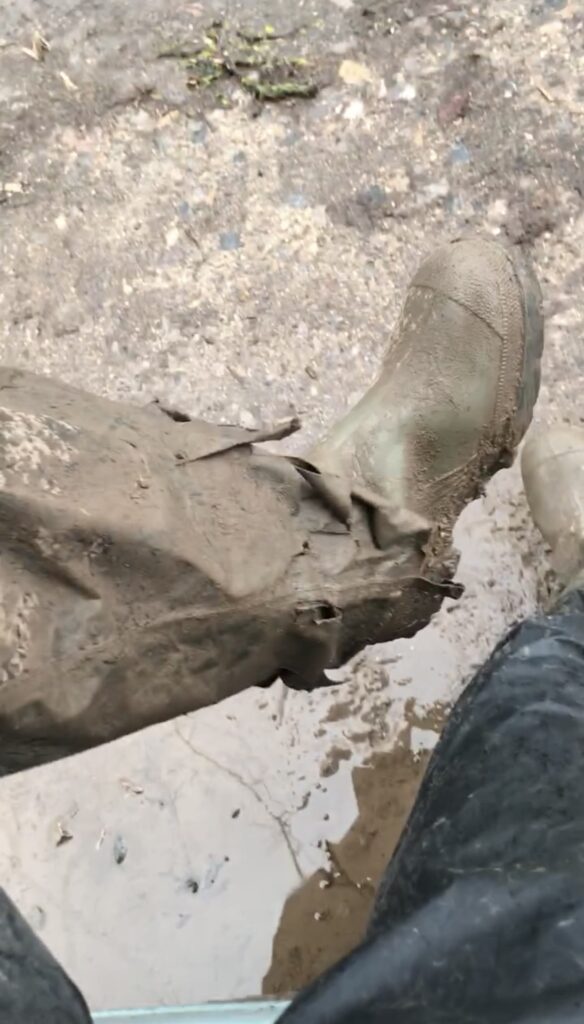
Back to week 1 in the 100 acre, today we were working along a fence line in one of the fields. The first hurdle was actually clearing a path through the thick bramble to get to the willows, which we had to Silky through while we all chatted away. I’ve binned my trousers because after climbing about 10 barbed wire fences today they are more like flares! Also met some girls from another team again (living collection/mammals) and they said I should spend an afternoon with them to hand feed the otters and meet some of the birds they’re training – so exciting!!
Day 11: Coppicing Willows in the Centre
Today I actually got to spend all day in the public bit of the reserve, which made a nice change as so far we’ve been way out in the middle of various fields and lakes! It was raining pretty hard all day and we had to navigate the trailer and make little posts for it so that we could fit as much willow in as possible, making the journeys to go and dump it as efficient as possible. We mainly worked on 4 trees in the same little patch, surrounded by Eider ducks who have fast become my favourite… they make the best noises. The colours today made me very happy.
Day 12: Interview Day
Think this was my favourite day so far (it’s sad typing this up because I didn’t know it would be my last day). Scott (my manager) and I had a little chat/catch-up and he said that they’d love me to stay after my placement is over, and that in every other reserve member’s interview they had mentioned me. He said “the team love you” and I felt so happy because I love them too! I actually had a bit of a bad back today so I took it easy, but we were chopping willows and then making bundles to use for various different things. I think some local schools actually use them for crafting projects which is cool. There’s still a chill in their air but we had beautiful blue skies all day and once again I left beaming.
Well, this little diary has come to an unexpected end for now due to the current covid-19 situation. I was particularly excited about the work we were going to be doing in April/May at WWT as I was going to be trained in water vole surveys and help with that over the coming months, as well as working with the mammals team (OTTERS!!!) but hopefully I’ll get another chance to do that in the future. Thank you for everything so far reserve team!
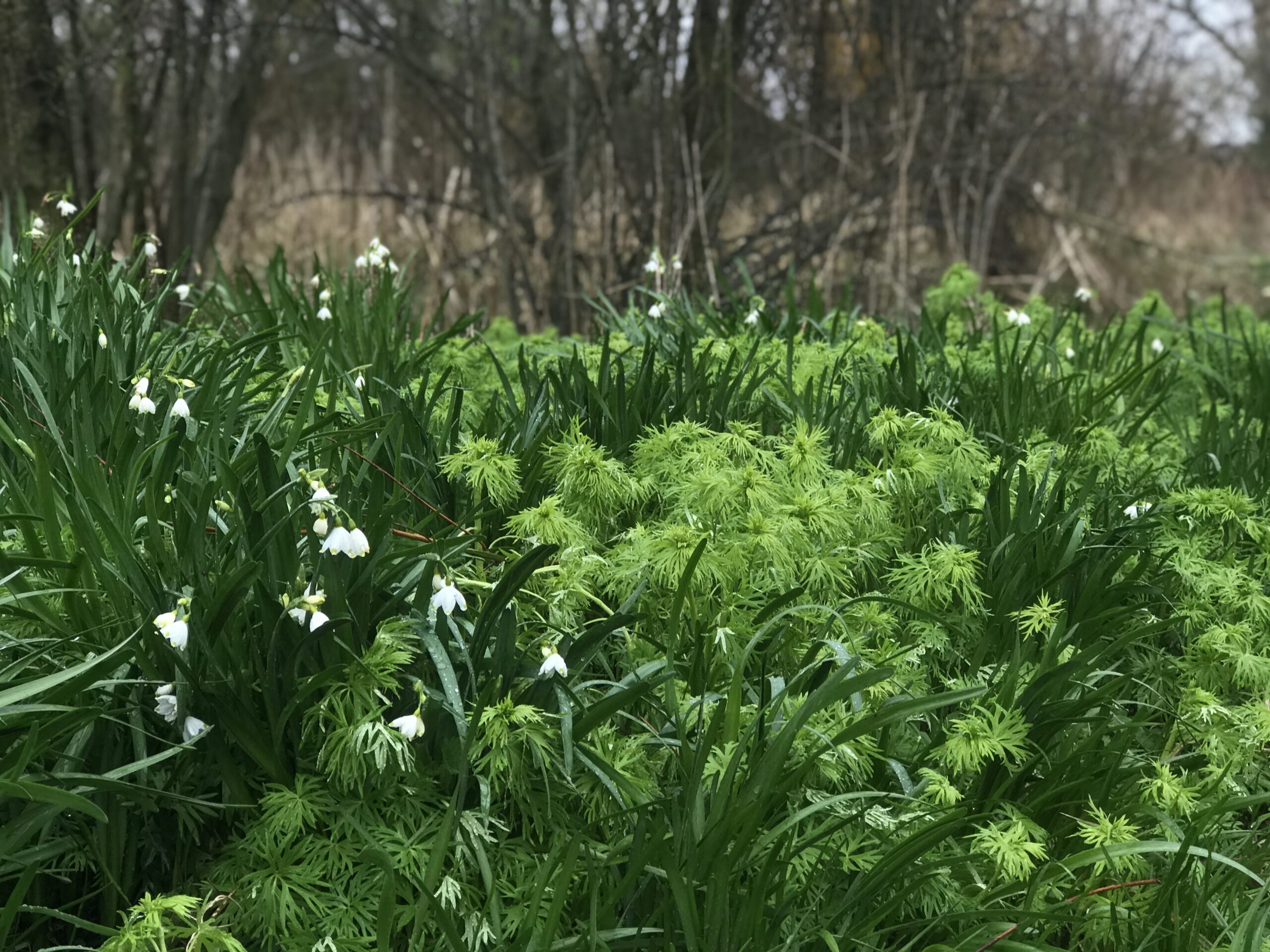
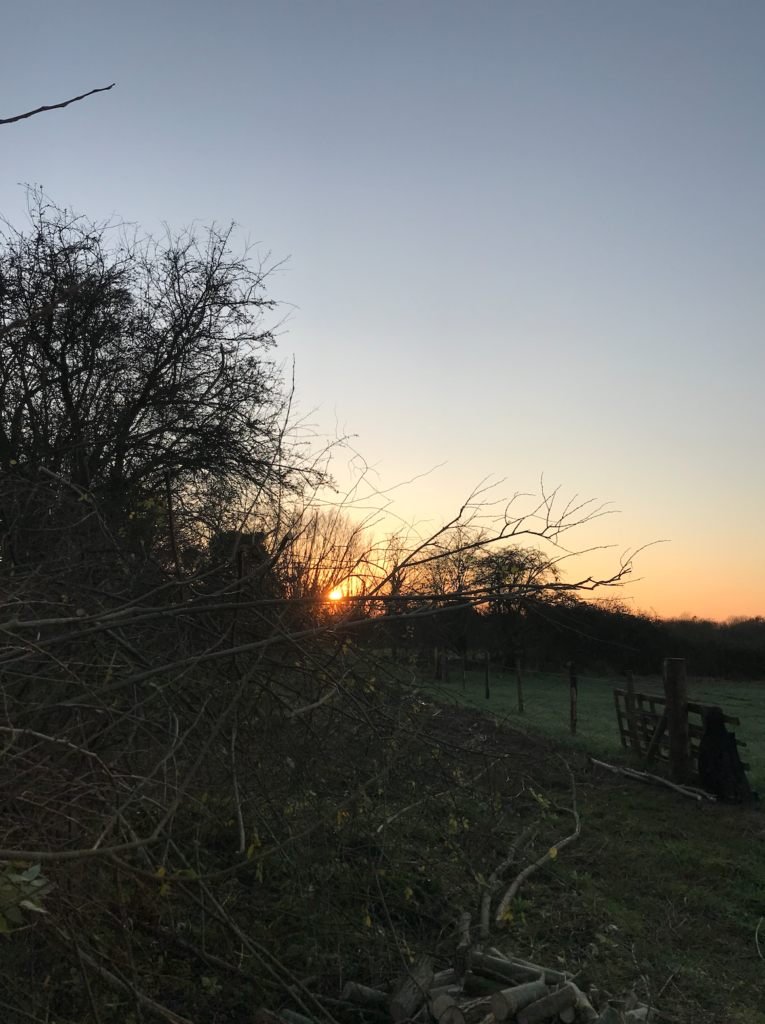
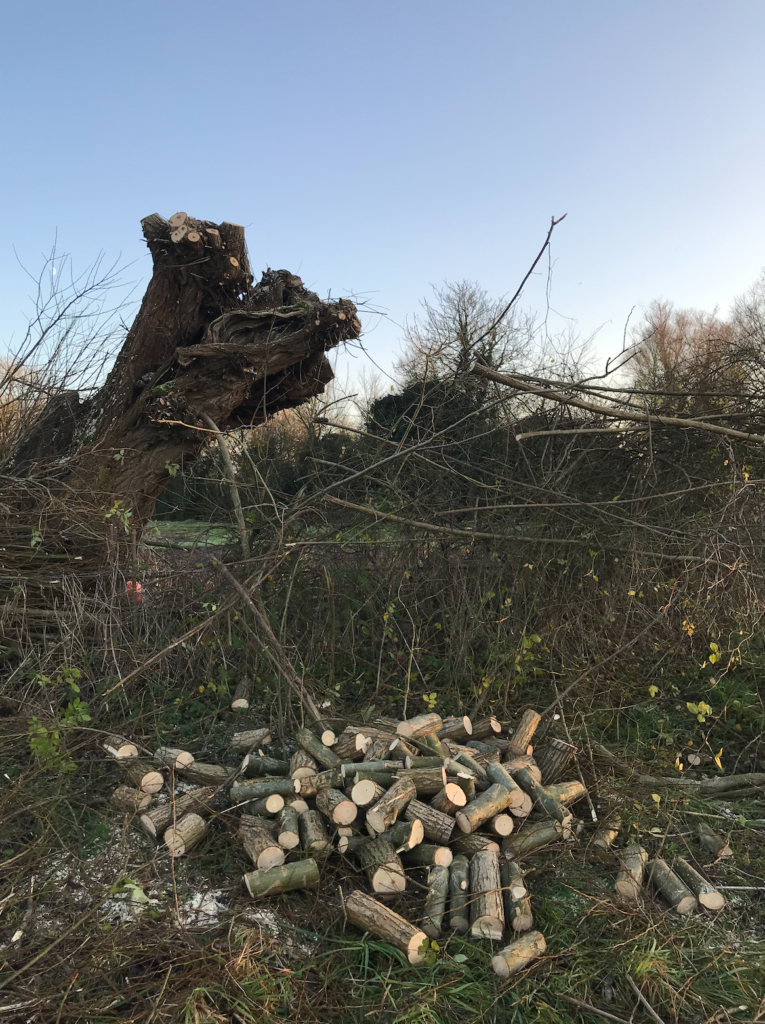
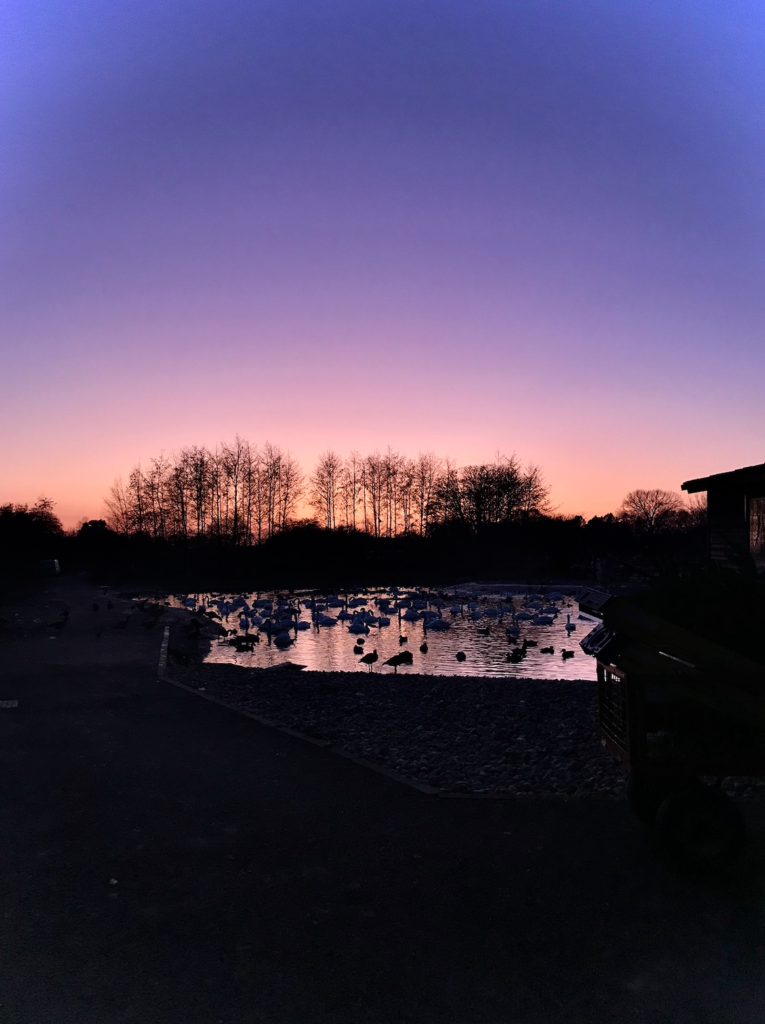
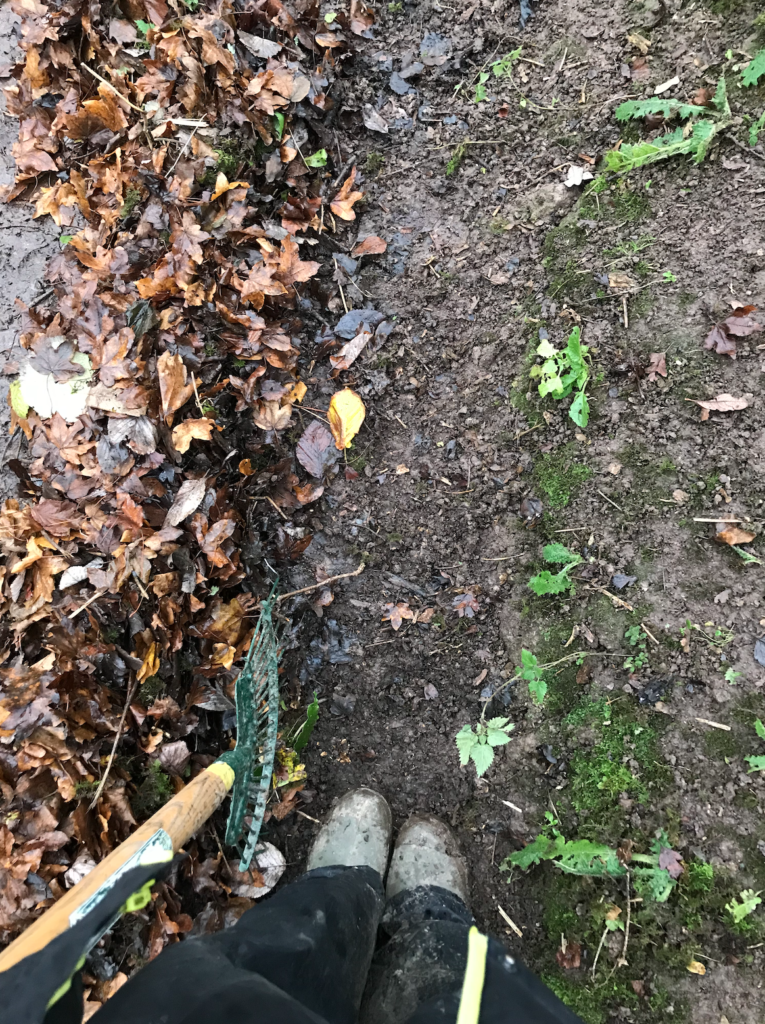
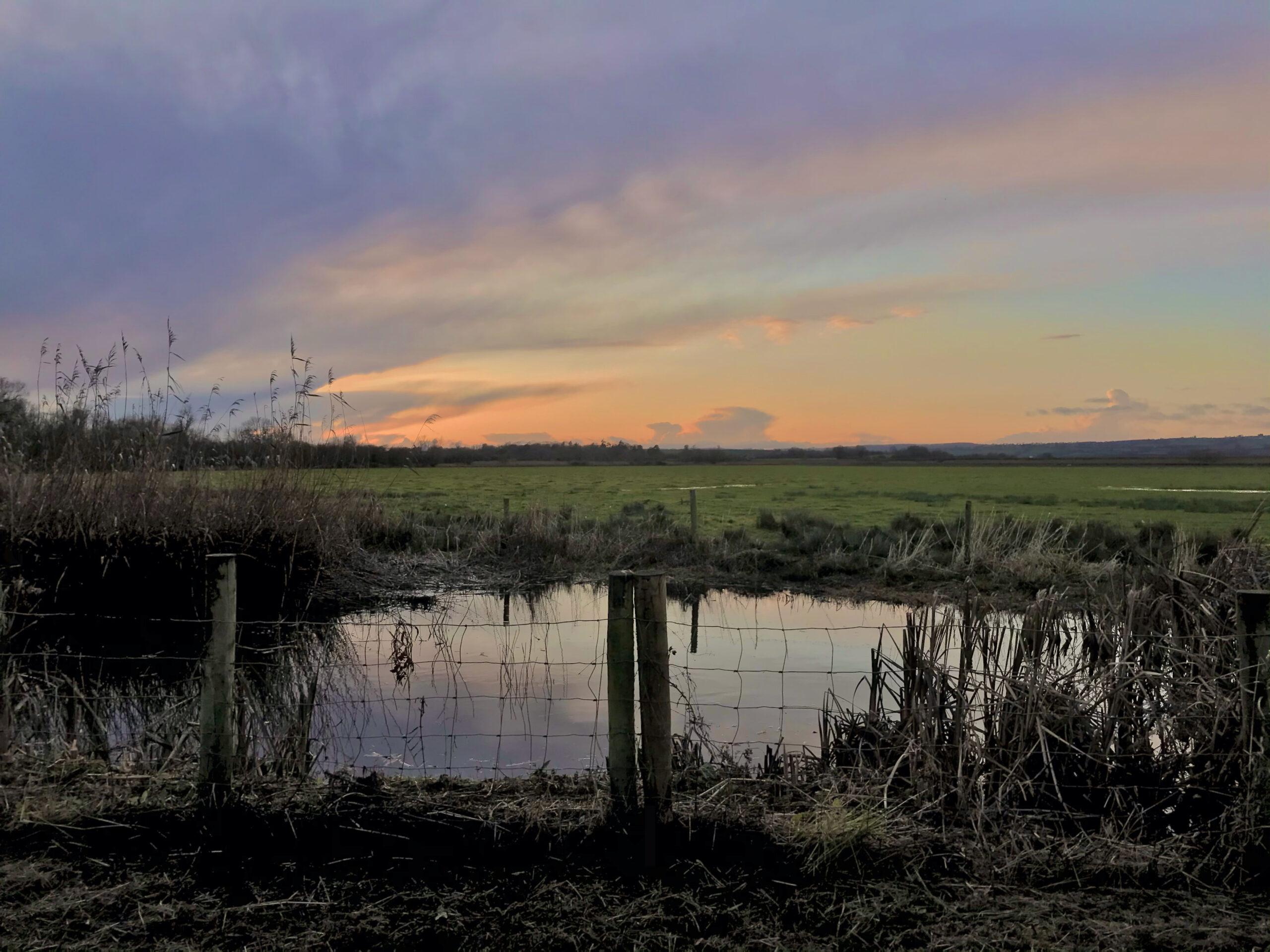
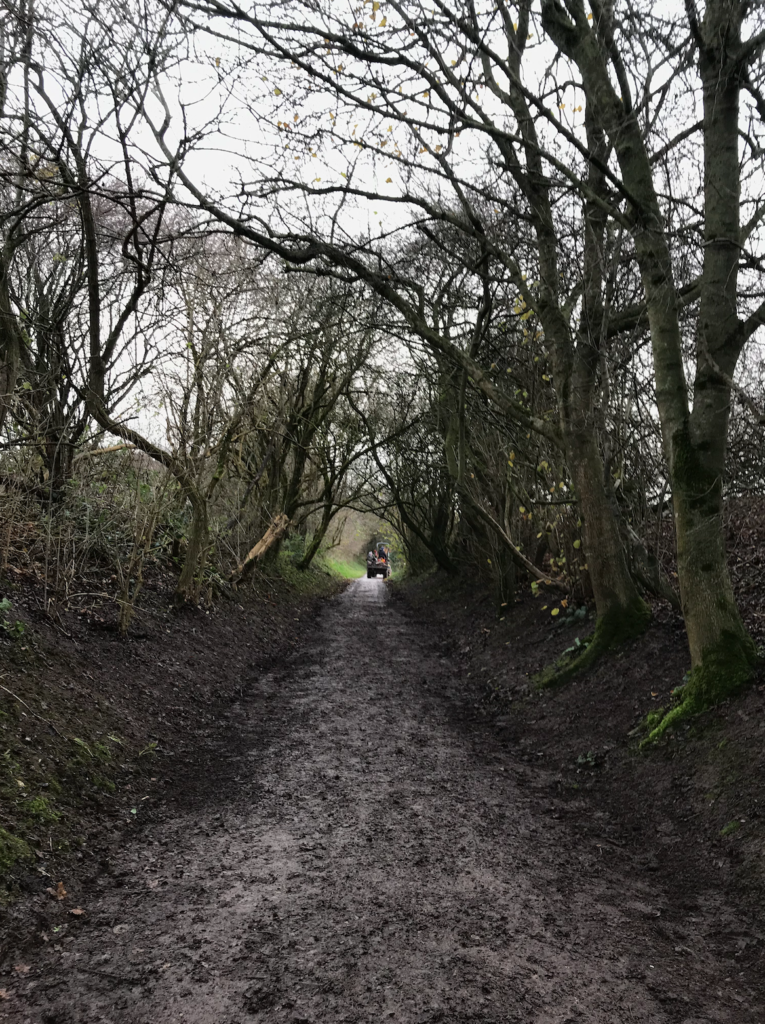
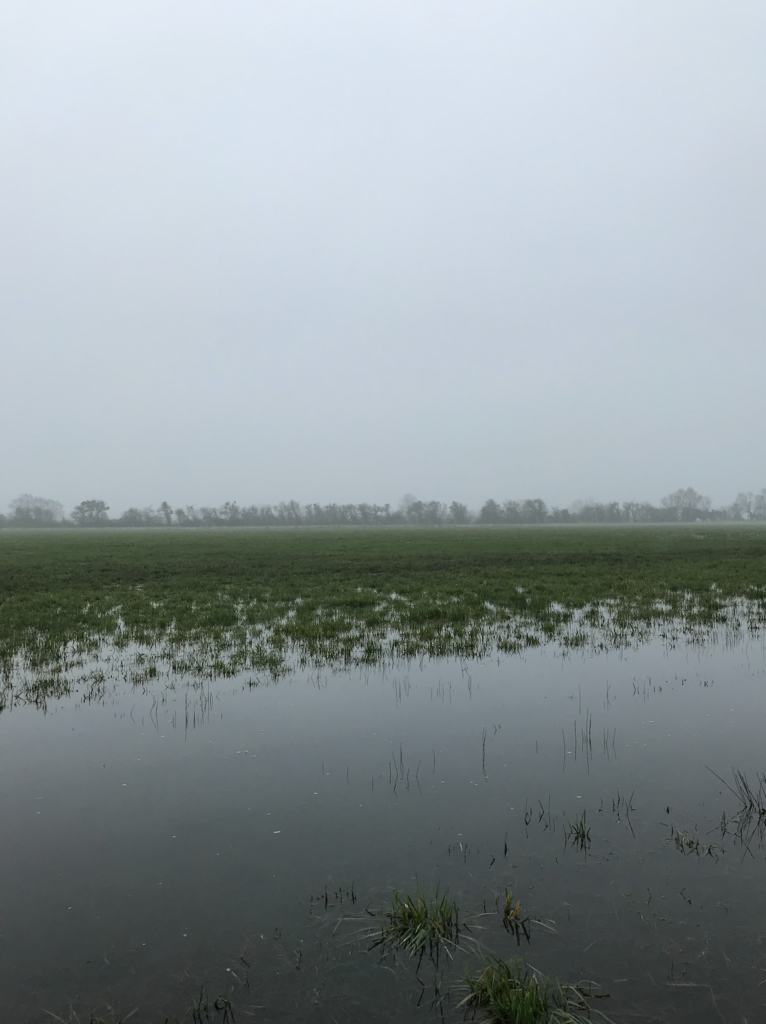

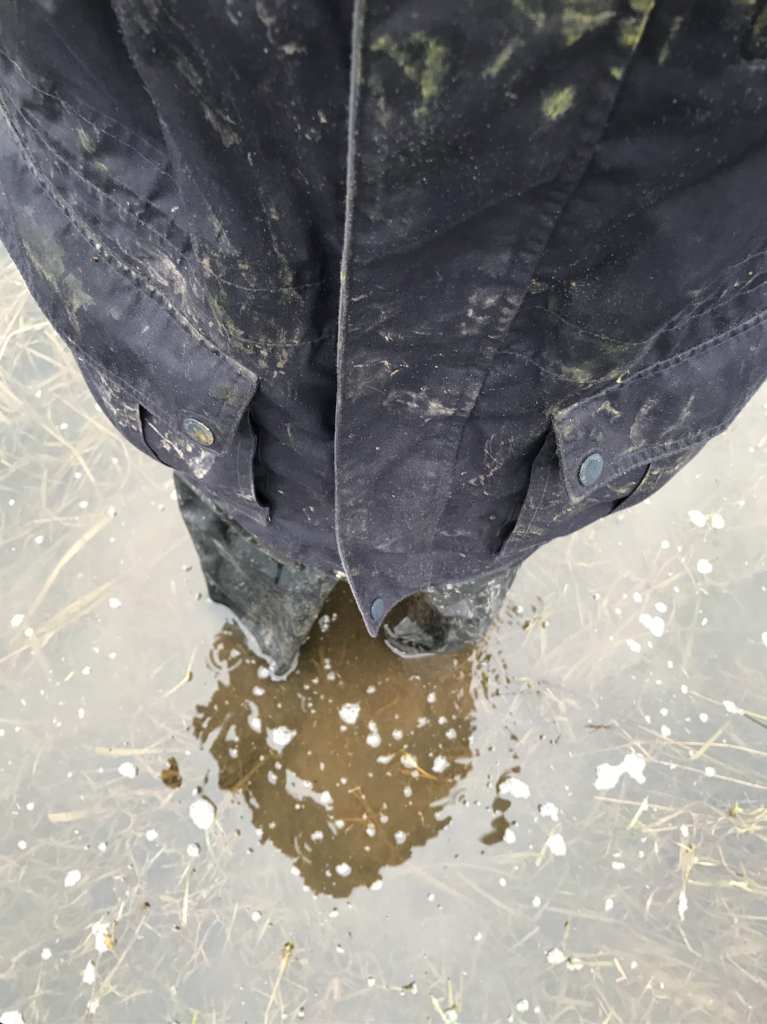
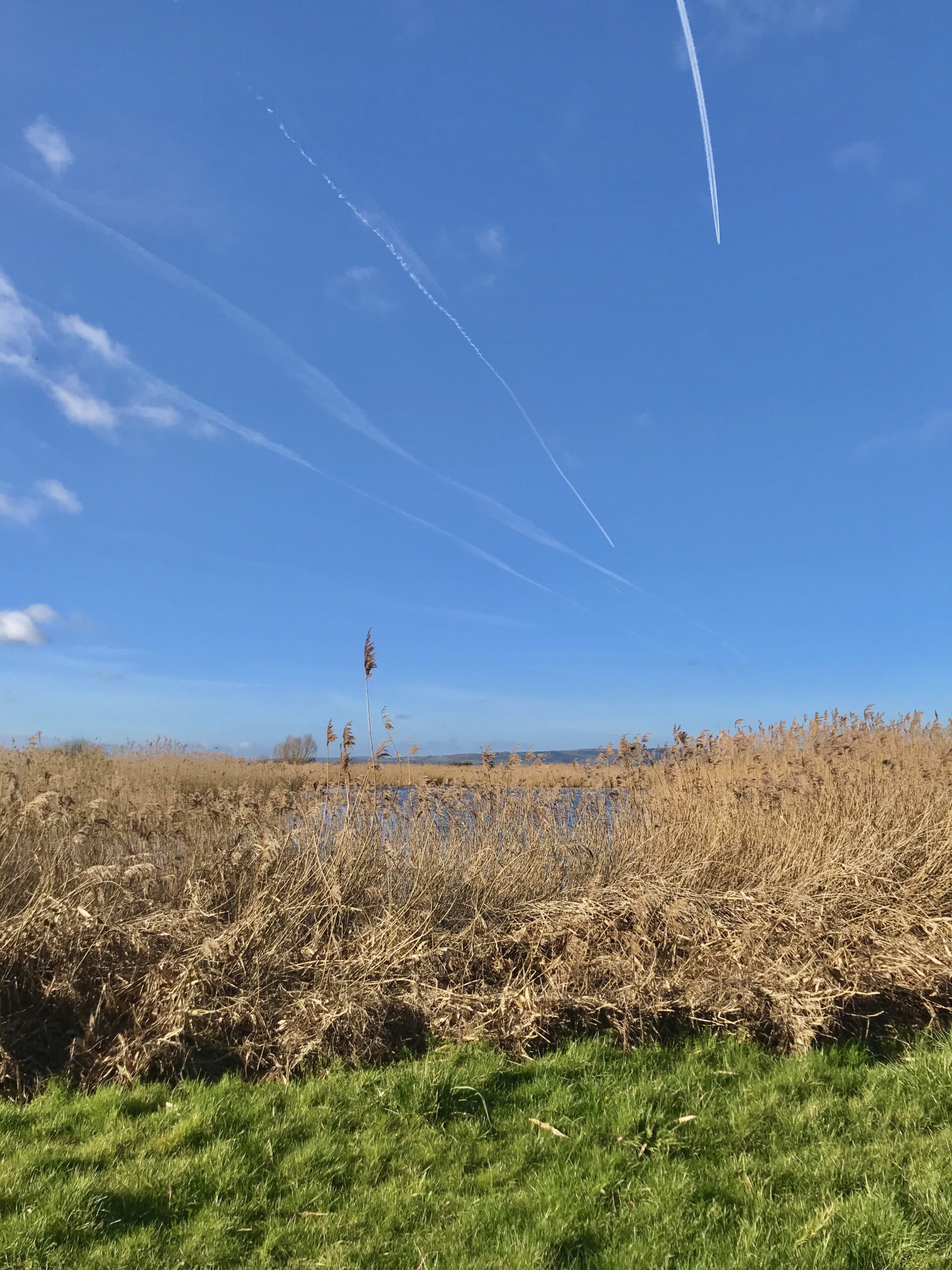
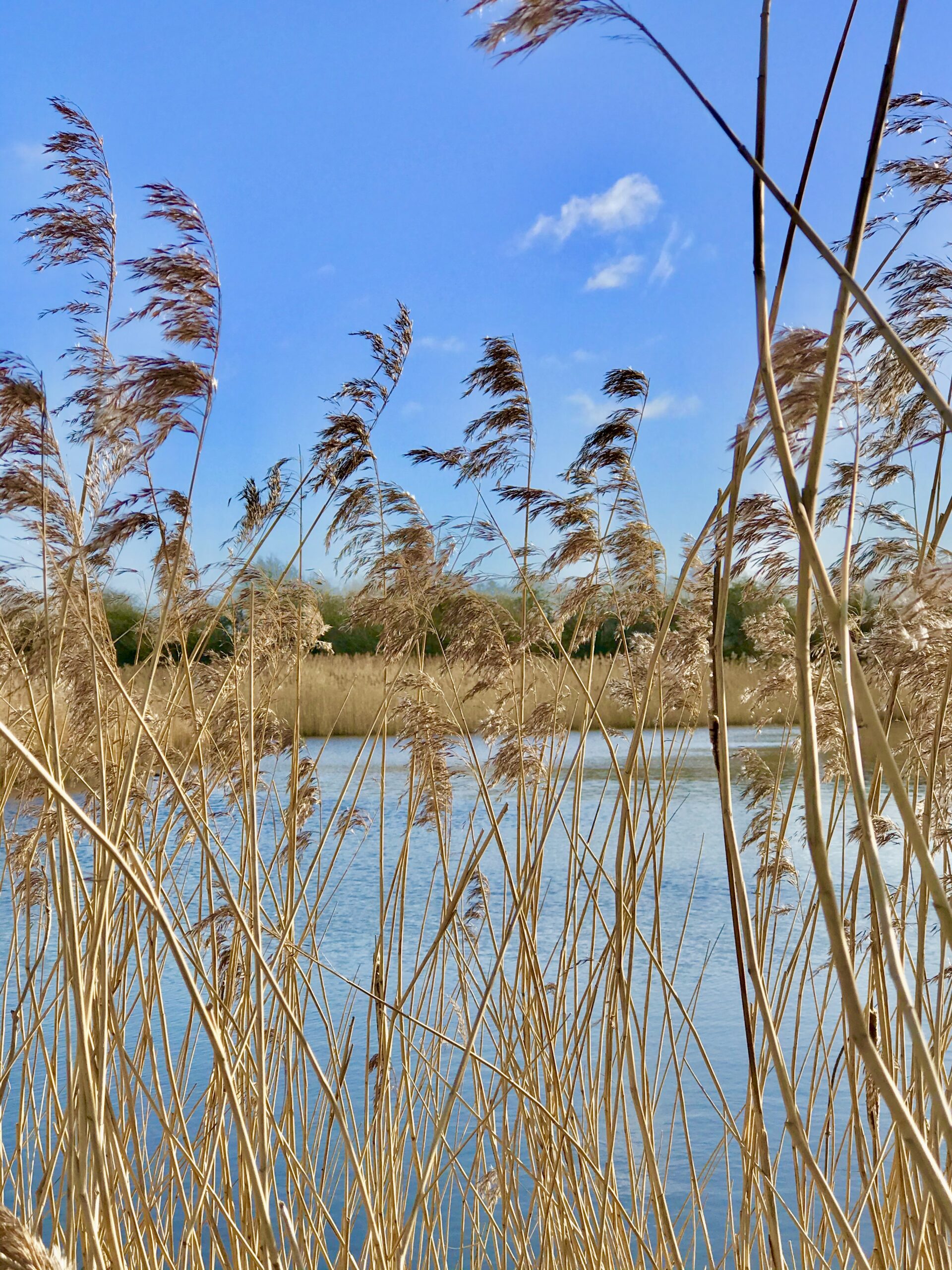

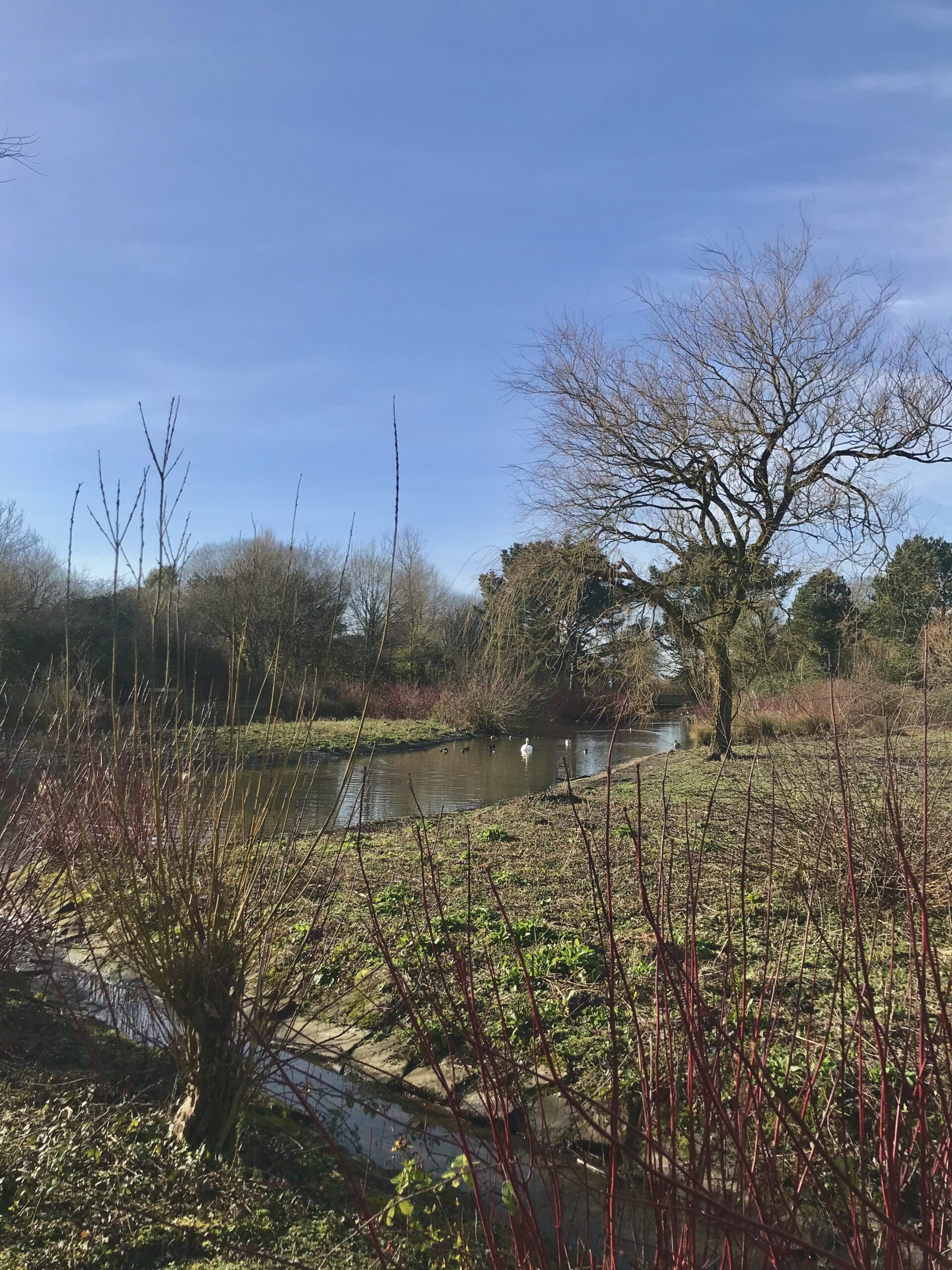
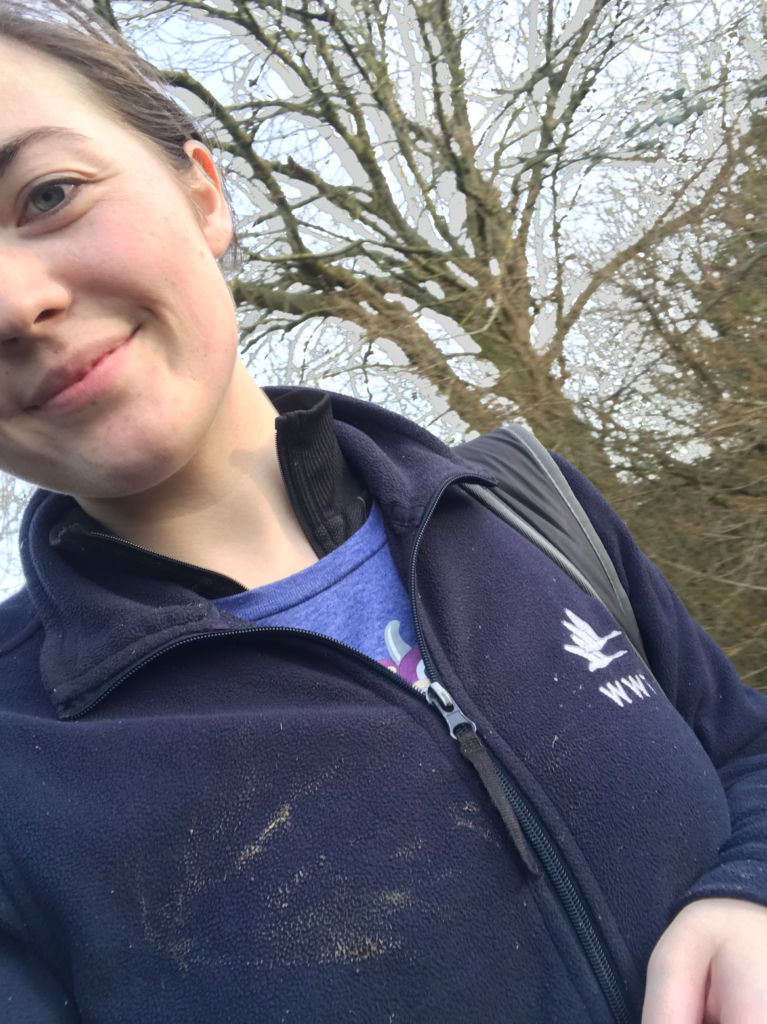
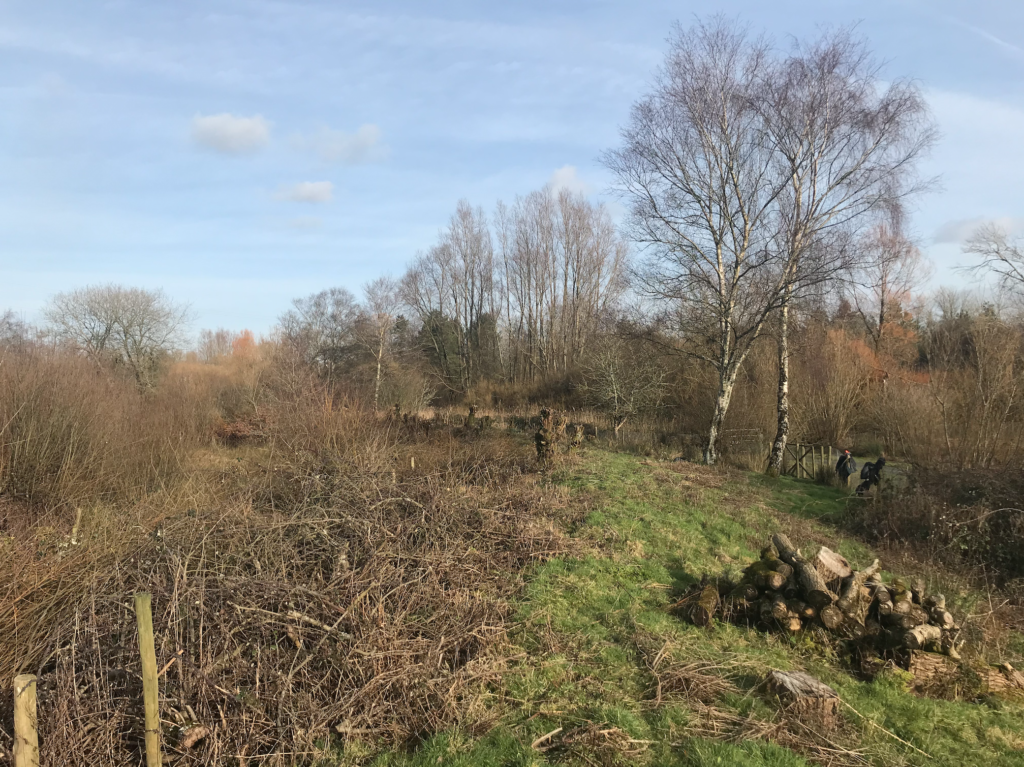
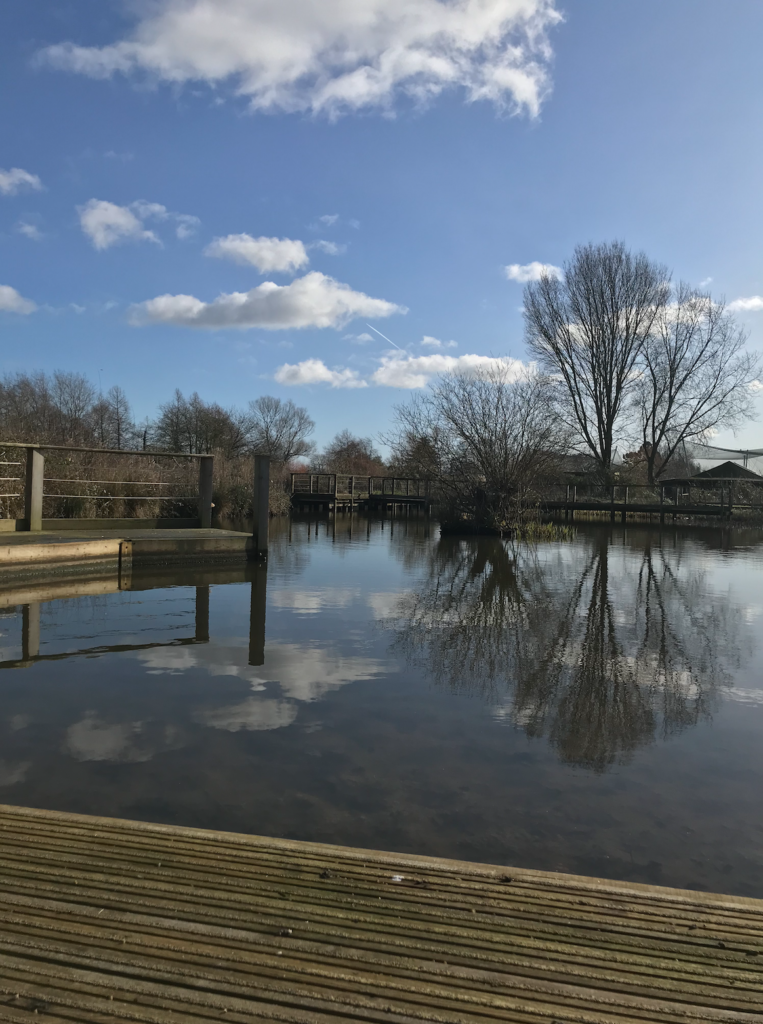
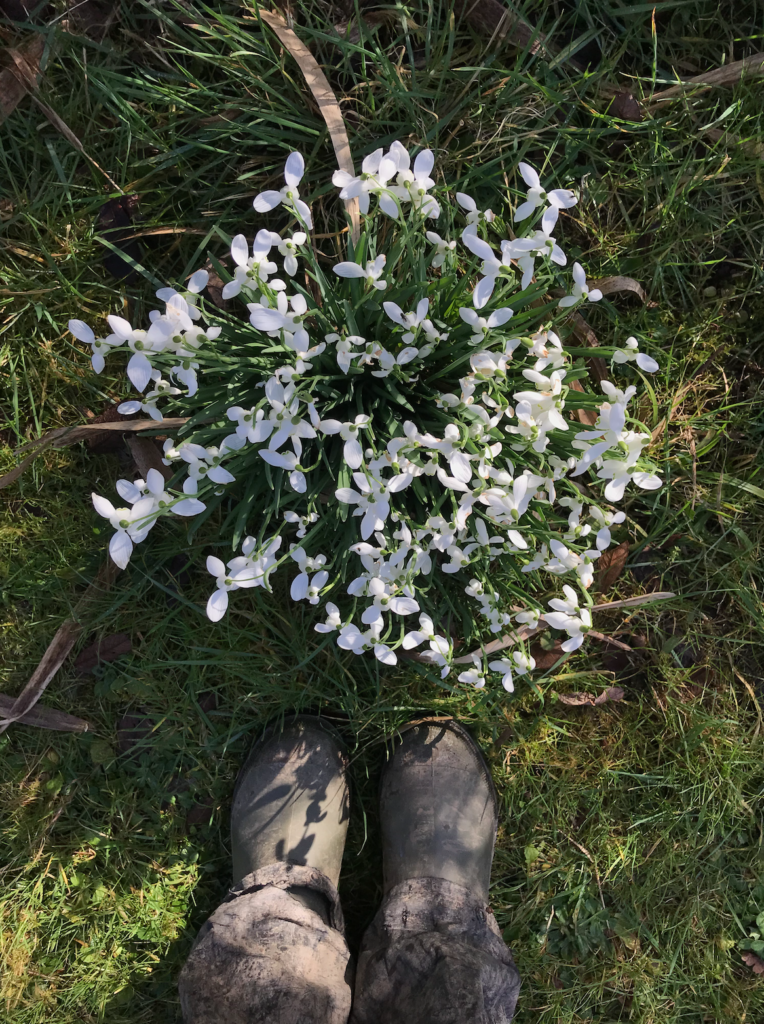
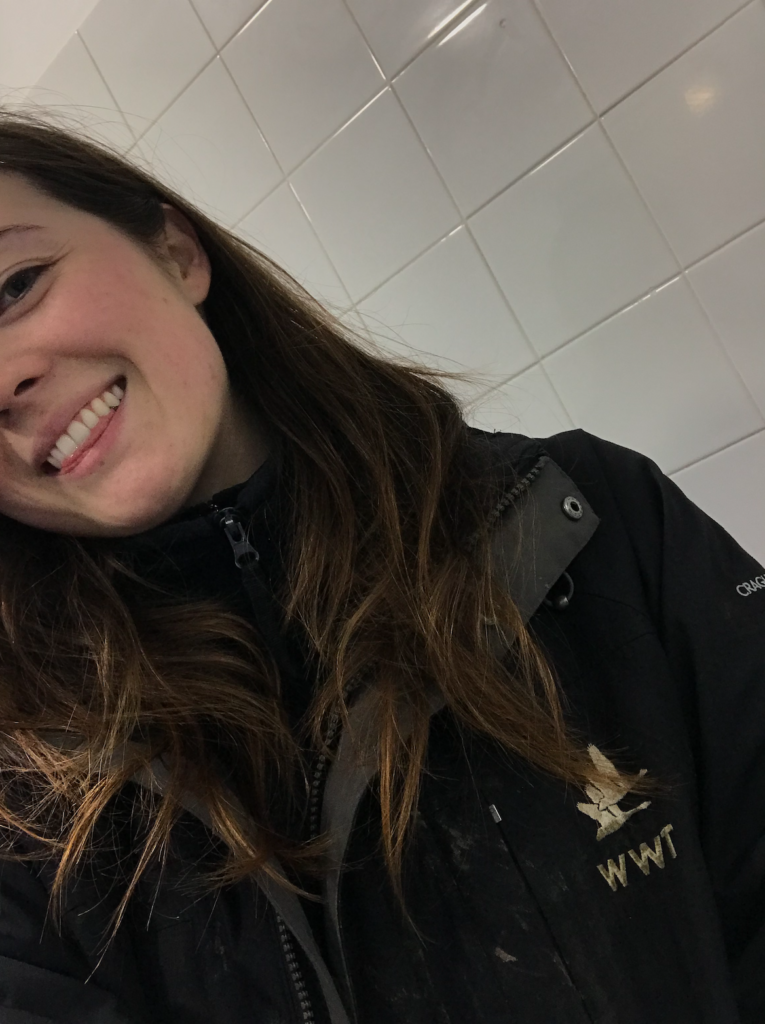
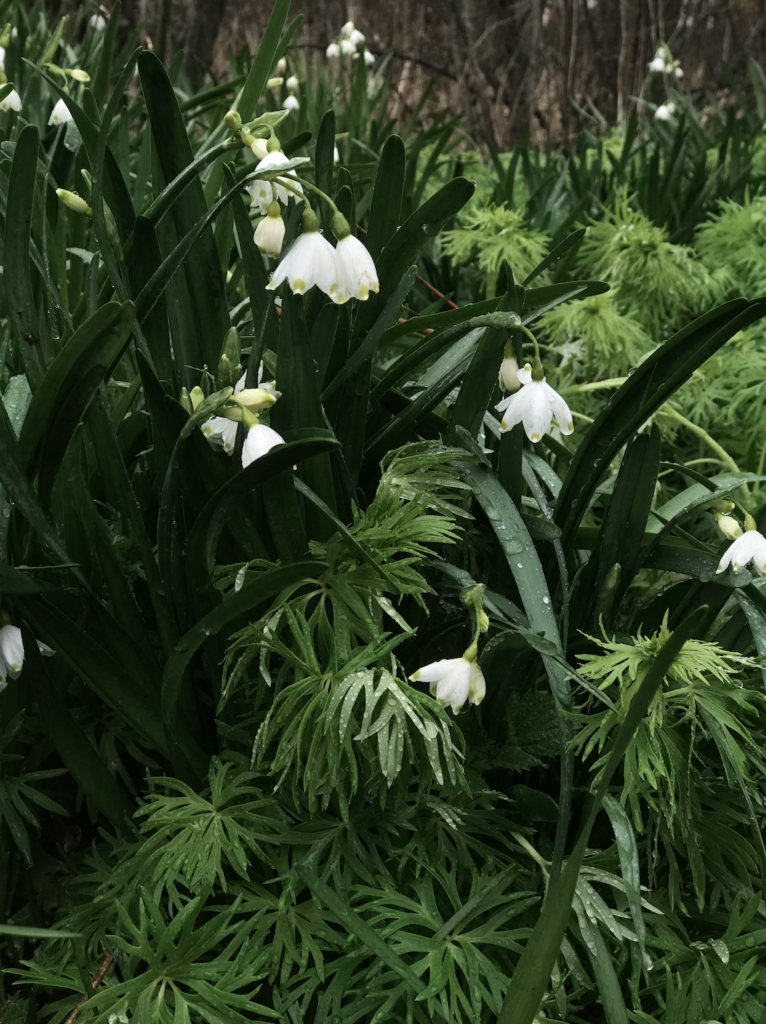
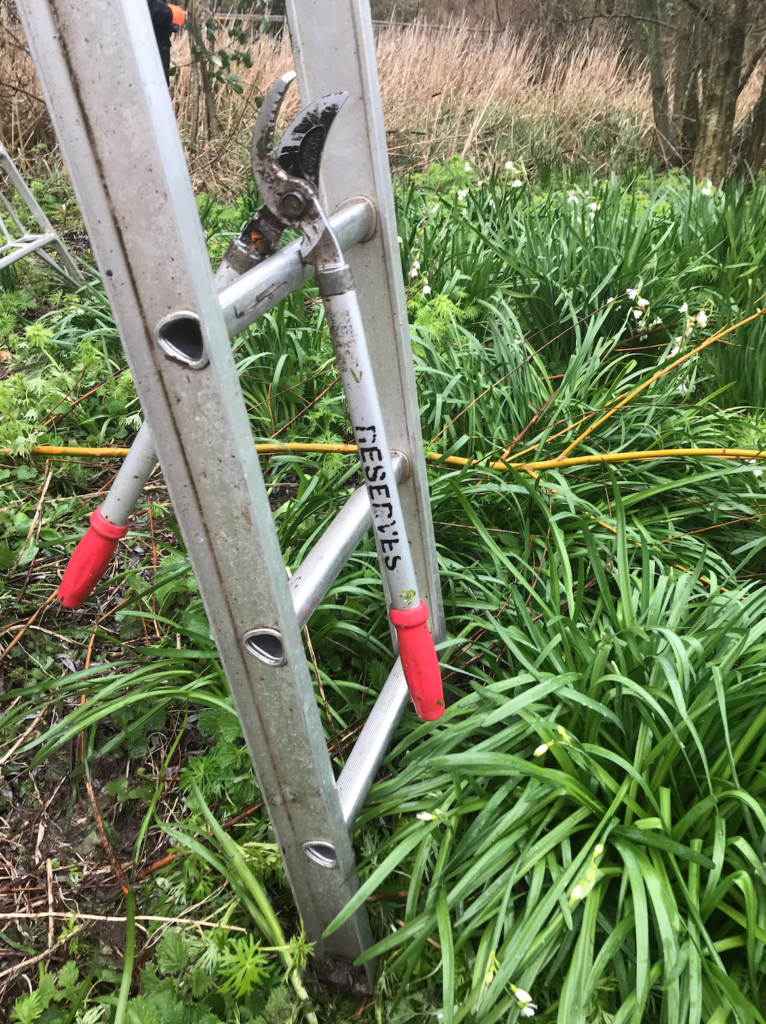
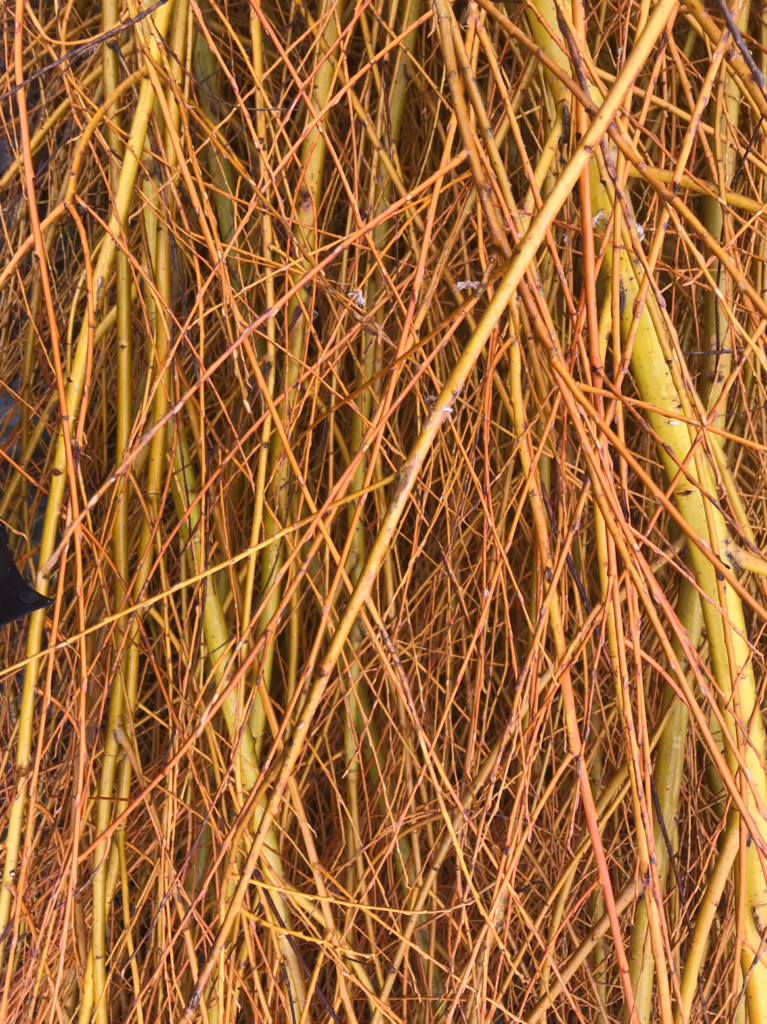
Leave a Reply